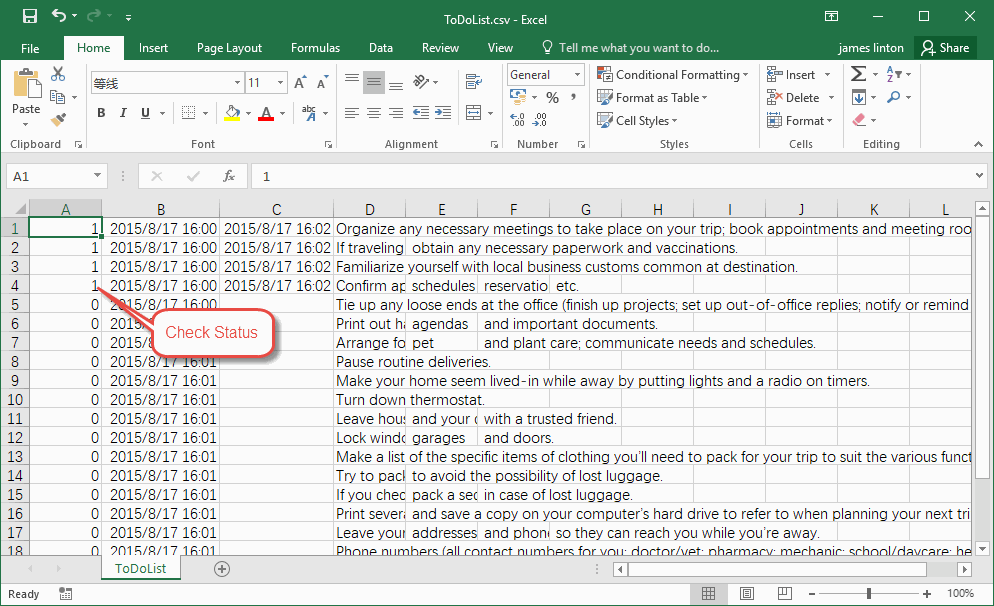

- SQLPRO FOR SQLITE IMPORT CSV FILE PERMISSIONS HOW TO
- SQLPRO FOR SQLITE IMPORT CSV FILE PERMISSIONS FULL
To find out more about using Pandas in order to import a CSV file, please visit the Pandas Documentation. Alternatively, you can easily export Pandas DataFrame into a CSV. Once you imported your file into Python, you can start calculating some statistics using Pandas.
SQLPRO FOR SQLITE IMPORT CSV FILE PERMISSIONS HOW TO
If that’s the case, you can check the following tutorial that explains how to import an Excel file into Python. At times, you may need to import Excel files into Python.

You just saw how to import a CSV file into Python using Pandas. Once you’re ready, run the code (after adjusting the file path), and you would get only the Person Name and Country columns: Person Name Country You’ll need to make sure that the column names specified in the code exactly match with the column names within the CSV file. If that’s the case, you can specify those columns names as captured below: import pandas as pdĭata = pd.read_csv (r'C:\Users\Ron\Desktop\Clients.csv')ĭf = pd.DataFrame(data, columns= ) Now what if you want to select a subset of columns from the CSV file?įor example, what if you want to select only the Person Name and Country columns. Don't forget to put the file name at the end of the path + ".csv"įinally, run the Python code and you’ll get: Person Name Country Product Purchase Price Here is the code for our example (you can find additional comments within the code itself): import pandas as pdĭf = pd.read_csv (r'C:\Users\Ron\Desktop\Clients.csv') #read the csv file (put 'r' before the path string to address any special characters in the path, such as '\'). Type/copy the following code into Python, while making the necessary changes to your path. The file extension should always be ‘.csv’ when importing CSV files One of your files should have a unique value for each row in this column. T o identify which records should be associated across the files, include a common column in both. When importing and associating in two files, each file represents an object. File extension (as highlighted in blue). Companies, deals, and notes sample spreadsheet: XLSX or CSV Import multiple objects in two files.You may choose a different file name, but make sure that the file name specified in the code matches with the actual file name You’ll need to modify the Python code below to reflect the path where the CSV file is stored on your computer. Don’t forget to include the:
SQLPRO FOR SQLITE IMPORT CSV FILE PERMISSIONS FULL
Steps to Import a CSV File into Python using Pandas Step 1: Capture the File Pathįirstly, capture the full path where your CSV file is stored.įor example, let’s suppose that a CSV file is stored under the following path: So let’s begin with a simple example, where you have the following client list and some additional sales information stored in a CSV file (where the file name is ‘ Clients‘): Person Name Next, you’ll see an example with the steps needed to import your file. To start, here is a simple template that you may use to import a CSV file into Python: import pandas as pdĭf = pd.read_csv (r'Path where the CSV file is stored\File name.csv') If so, you’ll see the complete steps to import a CSV file into Python using Pandas.


 0 kommentar(er)
0 kommentar(er)
